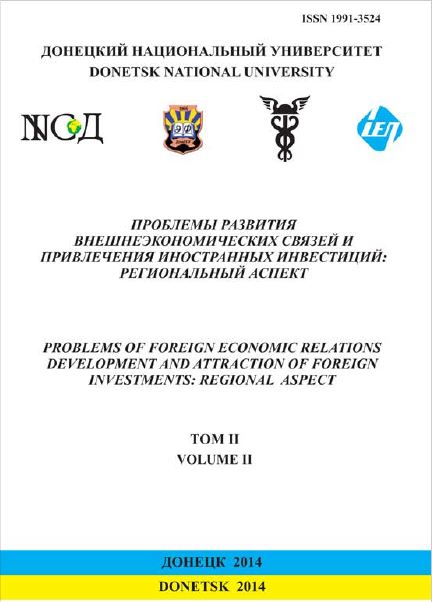The role of science and technology policy for the promotion of economic growth and development in South Korea
Keywords:
Science, technology and innovation policy, industrial policy, economic growth, reforms, South KoreaAbstract
Some policy analysts argue that governments are incapable of making effective or useful choices about which technologies to promote and support to foster economic growth and development. Others argue that many contemporary innovations were developed or came into widespread use as the result of specific government interventions. The article would argue for one of these viewpoints and explain a more useful guide to government policy making. Hence, this paper also investigates the factors of government policy that produced the “Korean miracle,” and how Korea’s policy differed from those of other developing countries. This paper consists of three parts: section one explains the background of the Korean government’s intervention in the domestic industry and market environment; section two investigates the difference between Korean state policy and the policies of other countries; and conclusions follow in section three.References
Yoo, Jung-ho, 1990. The industrial policy of the 1970s and the Evolution of the Manufacturing Sector in Korea, Korea Development Institute Working paper No. 9017. Korea Development Institute, Seoul.
Young, Soogil, 1988. Trade Policy Problems in the Republic of Korea and Their Implications for Korea-US Cooperation, Korea Development Institute Working Paper No. 8821, Korea Development Institute, Seoul.
Young, Soogil, 1989. Trade Policy Problems of the Republic of Korea and The Uruguay Round, Korea Development Institute Working Paper No. 891, Korea Development Institute, Seoul.
Rhee, Sungsup, 1987. Policy Reform of the Eighties and Industrial Adjustment in the Korean Economy, Korea Development Institute Working paper No. 8708, Korea Development Institute, Seoul.
World Bank 1988. World Development Report 1988, New York, Oxford University Press. Ha-Joon, Chang, 1993. The political economy of industrial policy in Korea, Cambridge Journal of Economics, 1993, 17, 131-157.
Radosevic, S. (2012) Innovation Policy Studies Between Theory and Practice: A Literature Review Based analysis, STI policy review, STEPI.
Available¬from: http://www.stepi.re.kr/app/publish/view.jsp?cmsCd=CM0023&categCd=A0506&ntNo=9&sort =PUBDATE&sdt=&edt=&src=&srcTemp=&opt=N&currtPg=1 [Accessed: 6 Jan 2013] Dornbusch, R., and Y. C. Park. (1987). "Korea Growth Policy." Brookings Papers on Economic Activity 2,389 444.
Jong-Wha, Lee (1996), Government Interventions and Productivity Growth, Journal of Economic Growth, 1: 391-414.
SM Collins, WA Park (1988), External debt and macroeconomic performance in South Korea, Working Paper No. 2596, NATIONAL BUREAU OF ECONOMIC RESEARCH
Balassa, B. 1988. The lessons of East Asian development: an overview, Economic Development and Cultural Change, vol. 36, no. 3, Apr. 1988, Supplement
Kim, K. S. (1988). Economic Effects of lmport Liberalization and Industry Adjustment Policies (in Korean).Seonl: Korea Development Institute. Collins, S. M., and W. A. Park. (1989). "External Debt and Macroeconomic Performance in South Korea" In J. Sachs and S. Collins (eds.), Developing Country Debt and Economic Performance. Chicago: University of Chicago Press
Kwack, T. W. (1985). Depreciation System and Capital Gain Tax (in Korean). Seoul: Korea Development Institute.
Lee, S. H. 1985. Gookka, Kyegup mit jabon chookjok (The state, classes and capital accumulation), in Choi, J. J. (ed.), Hangook Jabonjui wa Gookka (Korean Capitalism and the State), Seoul, Han wool
Byun, B.-M. and B-H. Ahn, 1989. Growth of the Korean semiconductor industry and its competitive strategy in the world market, Technovation 9(8), 635-655.

